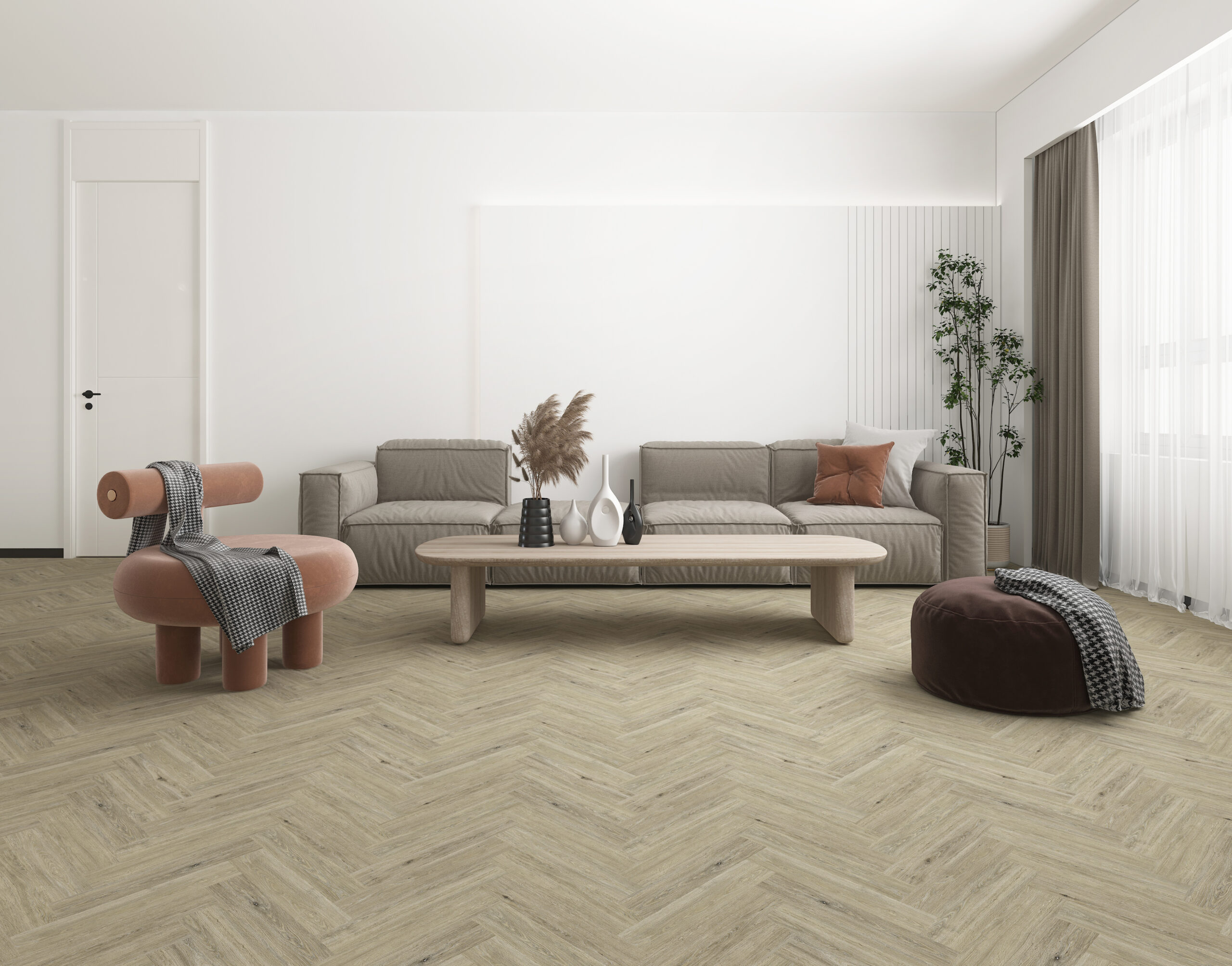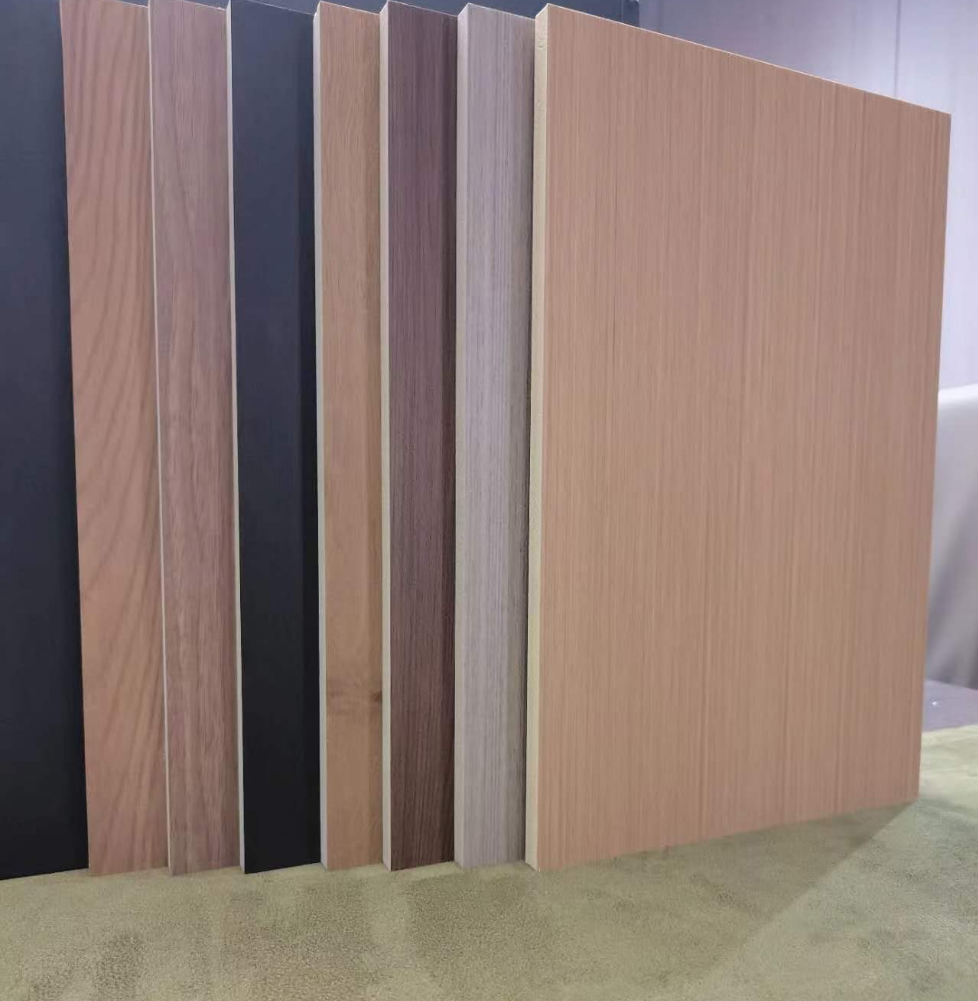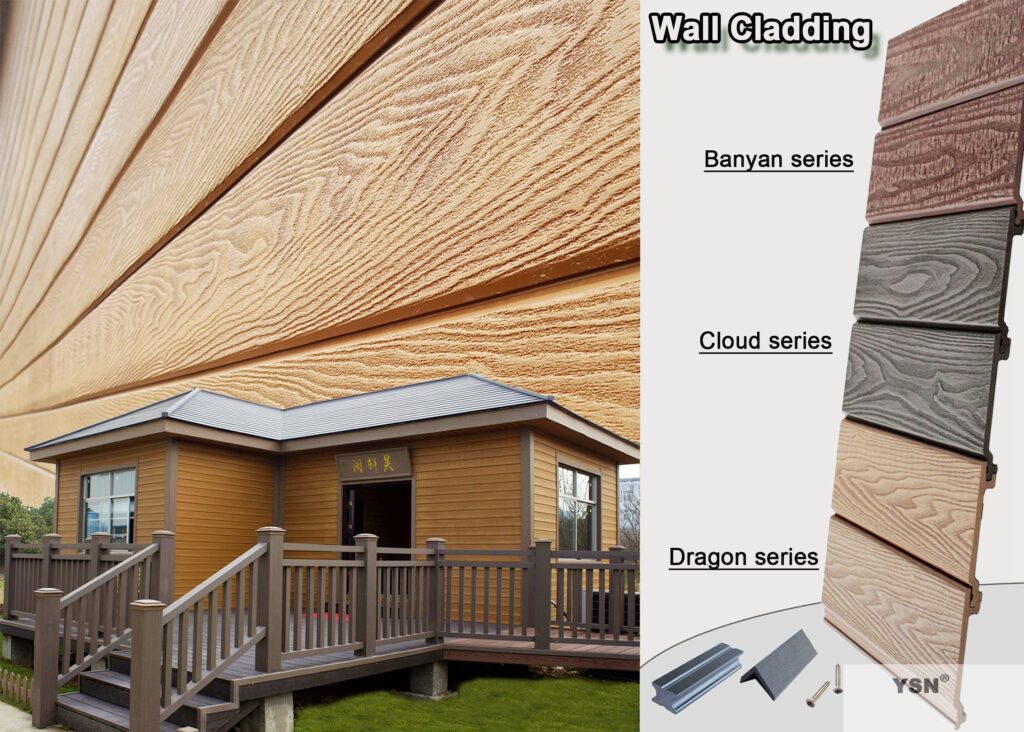Introduction:
- Briefly introduce the concept of wall cladding panels and their importance in enhancing the aesthetics and functionality of buildings.
- Highlight that wood plastic composite (WPC) is a popular material choice for wall cladding panels due to its durability, sustainability, and versatility.
- Definition and Application:
- Explain the main purposes of interior and exterior wall cladding panels.
- Describe how interior wall cladding panels are primarily used for decorative purposes inside buildings, while exterior wall cladding panels serve as protective barriers against natural elements.
- Material Composition:
- Provide an overview of wood plastic composite (WPC) as a material commonly used in both types of cladding panels.
- Explain the composition of WPC and how it combines natural fibers (such as wood) with synthetic polymers to enhance strength and durability.
- Installation and Maintenance:
- Discuss the installation process for both interior and exterior wall cladding panels, highlighting any specific considerations or differences.
- Provide tips on how to properly maintain and clean each type of panel to ensure their longevity and aesthetic appeal.
- Aesthetics and Finishes:
- Compare the design options available for interior and exterior cladding panels.
- Discuss the range of finishes, colors, and textures that can be achieved with WPC cladding panels for both interior and exterior applications.
- Performance and Resistance:
- Highlight the key performance characteristics of both interior and exterior WPC cladding panels, including resistance to moisture, UV rays, fire, and insects.
- Explain any additional features or certifications that may be required for exterior cladding panels due to exposure to more demanding environmental conditions.
Conclusion:
- Summarize the main points discussed in the blog post.
- Emphasize the importance of understanding the distinctions between interior and exterior wall cladding panels to ensure the right choice for specific applications.



